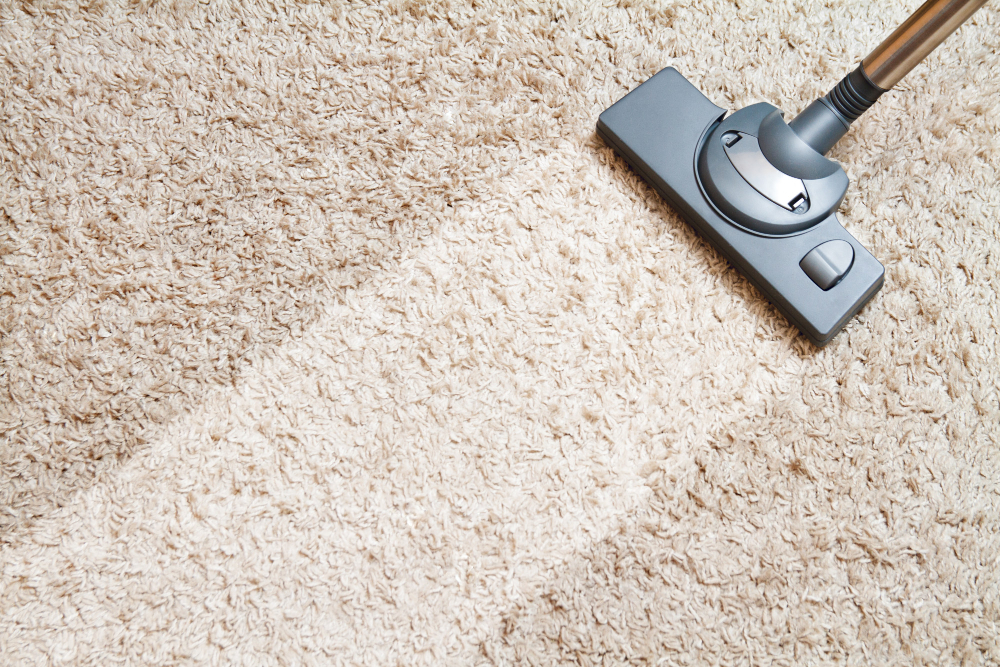There should be no use of or exposure to asbestos at all. Even though asbestos exposure can cause health issues, this isn’t always the case for everyone.
Breathing in tiny asbestos fibers can cause irritated lung tissue due to inhalation.
Breathing asbestos can cause the non-cancerous conditions listed below, according to research.
Lung scarring from asbestos exposure is known as asbestosis. Breathing becomes more complex as oxygen and carbon dioxide are more difficult to exchange in and out of scarred lungs. Folks exposed to asbestos for a long time may not show symptoms for years.
Pulmonary pleural disease is a non-cancerous lung condition that affects lung and chest cavity membranes (pleura). Diffuse pleural thickening, pleural plaques, or fluid accumulation around the lungs are possible outcomes of membrane thickening (a pleural effusion). Some people with pleural changes may experience breathing difficulties, but this is not universal.
When Did They Stop Making Carpet with Asbestos?
Silicon, oxygen, hydrogen, and other metal ions make up the mineral known as asbestos. It is impossible to see these needle-shaped fibers unless the concentration of airborne particles is exceptionally high. Due to the properties of the fibers, asbestos is an excellent insulation material. Chrysolite, crocidolite, and amosite are the three most common asbestos fibers. Asbestos must be attached to something because it is so tiny. Asbestos-containing materials are created by mixing asbestos fibers with other substances.
Asbestos is released into the air through the production, installation, and eventual deterioration of asbestos materials. Asbestos becomes hazardous when these materials crumble, fall apart, damage, or are ripped. As a result, asbestos fibers can become lodged in the lungs after being inhaled.
Asbestos-containing products were prohibited from being manufactured by the federal government in the early 1970s, but installations continued into the late 1970s and early 1980s despite this ban. Pipefitters were still cutting, beveling, and grinding asbestos cement pipe as recently as the late 1980s and early 1990s.
1879 was when asbestos insulation became commercially available; in 1899, the first case of asbestos-related lung disease, referred to as “curious bodies,” was discovered. Asbestosis and asbestos-related lung cancer were first recognized in the United States in 1935. The toxicological effects of asbestos and its link to cancer causation have been displayed in Congress’s Library of Congress since published a book on the subject in 1939.
Workers who were exposed to asbestos in their employment have provided the majority of the health data on asbestos.
How Do You Know If Carpet Underlay Have Asbestos?
The most common places to start for asbestos are in the insulation and the textured ceilings, but many people don’t realize that the hazard could be suitable in front of their feet. In the 1960s and 1970s, recycled hessian bags containing asbestos were commonly used to make underlay in many homes. As a result, you may need to have an asbestos test done on an old carpet underlay to ensure that it doesn’t contain this hazardous mineral. Even if the risk is low, asbestos can still be harmful to health, which is why you must seek professional advice when dealing with it.
Hessian bags used to transport goods were commonly used to make carpet underlay in the 1960s and 1970s. This type of bag, made of asbestos to goat hair, was shredded and cleaned. Fortunately, this process removed all of the asbestos from many samples.
There is a slight possibility that your carpet contains asbestos if installed before 1980. It is critical to inspect the old carpet before tearing it up. Asbestos fibers and dust are released into the air when an old underlay is pulled up. Even though the effects of asbestos inhalation may not be apparent right away, it has been shown to cause lung disease decades after initial exposure.
The fact that it’s challenging to spot asbestos just by looking makes it a good candidate for a professional asbestos test. In most cases, the dangerous underlay is brown material that appears as an old woven sack. A professional asbestos analysis is the only way of knowing for sure.
Can Ripping Up Old Carpet Make You Sick?
The use of asbestos in producing a wide range of building materials, including floor tiles and adhesives, was every day before 1980. However, it can still be found in many modern construction materials. As a result, when planning carpet removal and installation projects, departments must consider the possibility of disturbing asbestos-containing building materials. This procedure aims to make the planning process easier for departments.
It has been determined that asbestos exposure causes numerous health problems, most of which are respiratory. An asbestos-containing material’s presence does not pose a health risk on its own. However, asbestos fibers can become airborne when the material is disturbed or damaged, leading to exposure. As a result, removing asbestos-containing materials necessitates special procedures and safety measures.
Can Carpet Glue Contain Asbestos?
Decades ago, asbestos glue was used to stick carpet to their home or office floor and wonder why it is necessary. That’s understandable since adding asbestos to carpet glue seems counterintuitive, but there’s a good reason to use asbestos carpet glue in the first place. Mastic, the adhesive used to attach your beautiful industrial carpeting to the floor, is made with asbestos to ensure that it doesn’t curl or crease from the constant pounding it receives.
In addition to being used to lay down vinyl flooring and floor tiles, the mastic color is typically yellow, tan, or brown. Chrysotile asbestos is found in glues and other construction materials. Unlike friable asbestos, mastic is not considered brittle. Even though asbestos carpet glue is classified as non-friable, the mastic can become airborne when disturbed, making it dangerous to humans.
You can only tell if you have asbestos carpet glue by taking a sample of about 3 square inches of carpet, making sure the mastic is also attached to the rug, and sending it to a lab for analysis using Polarized Light Microscopy.

